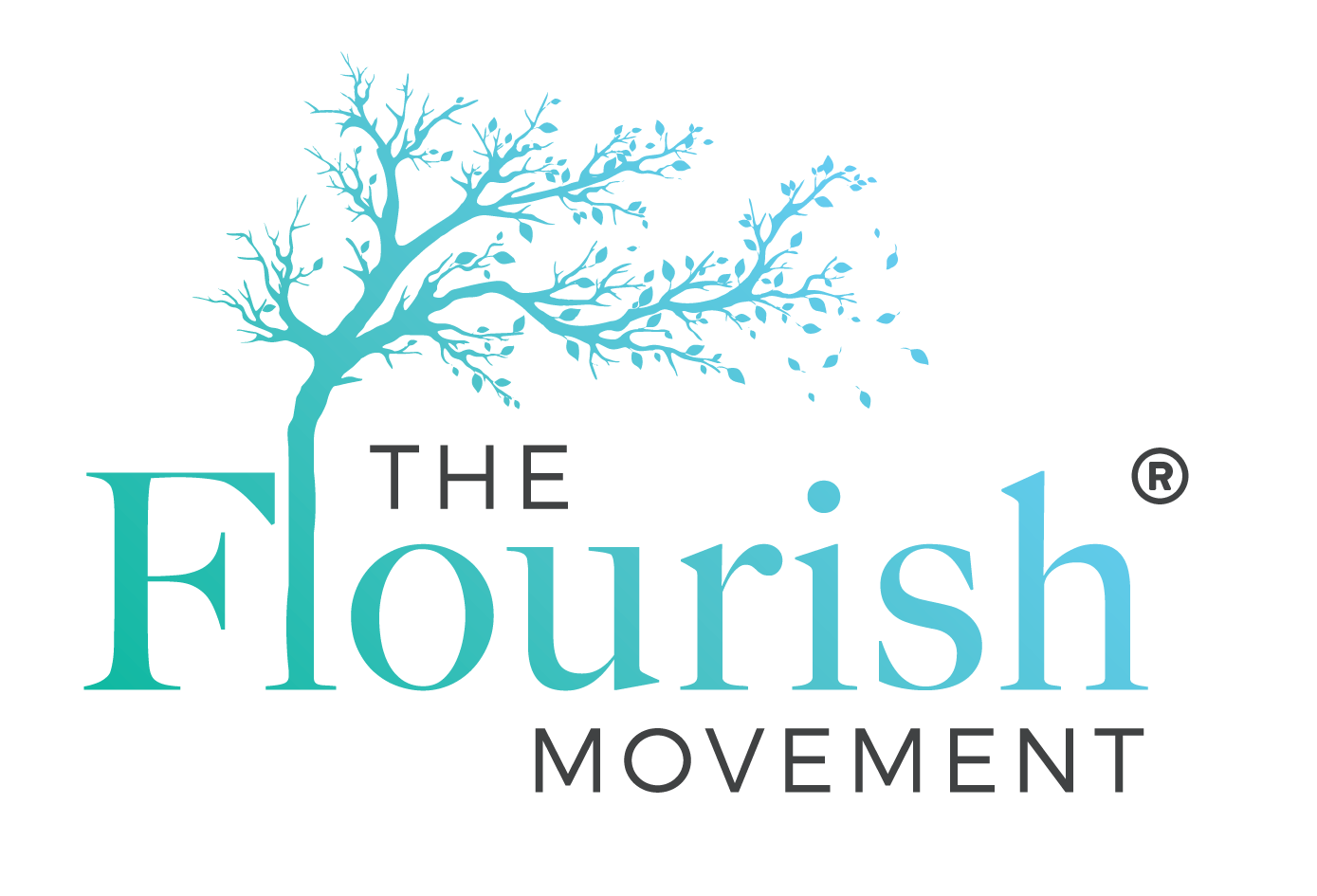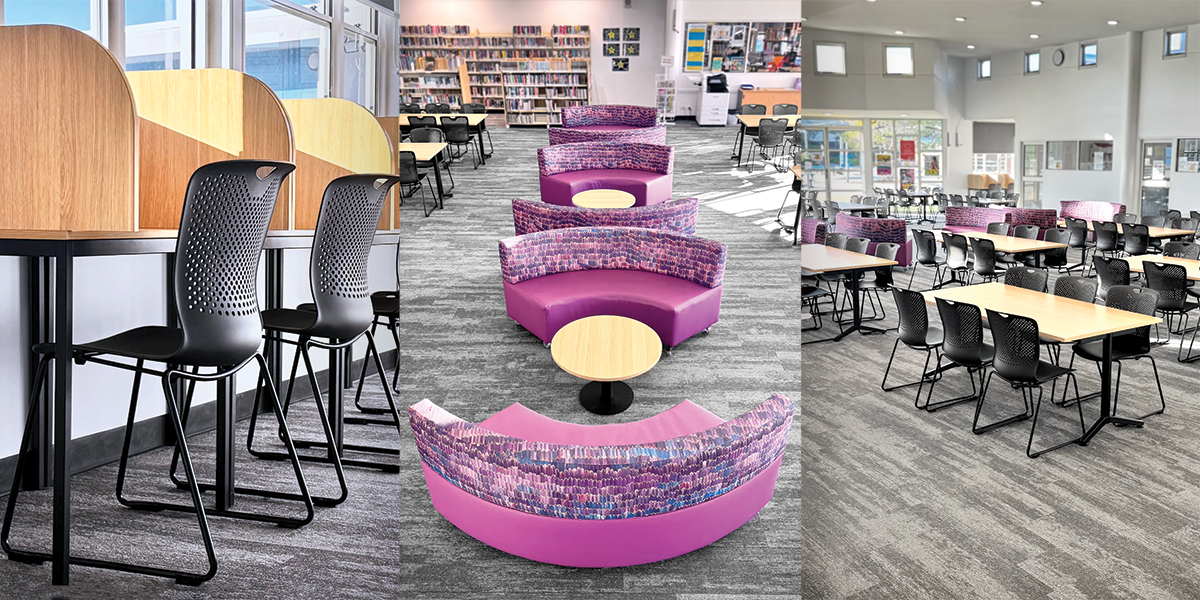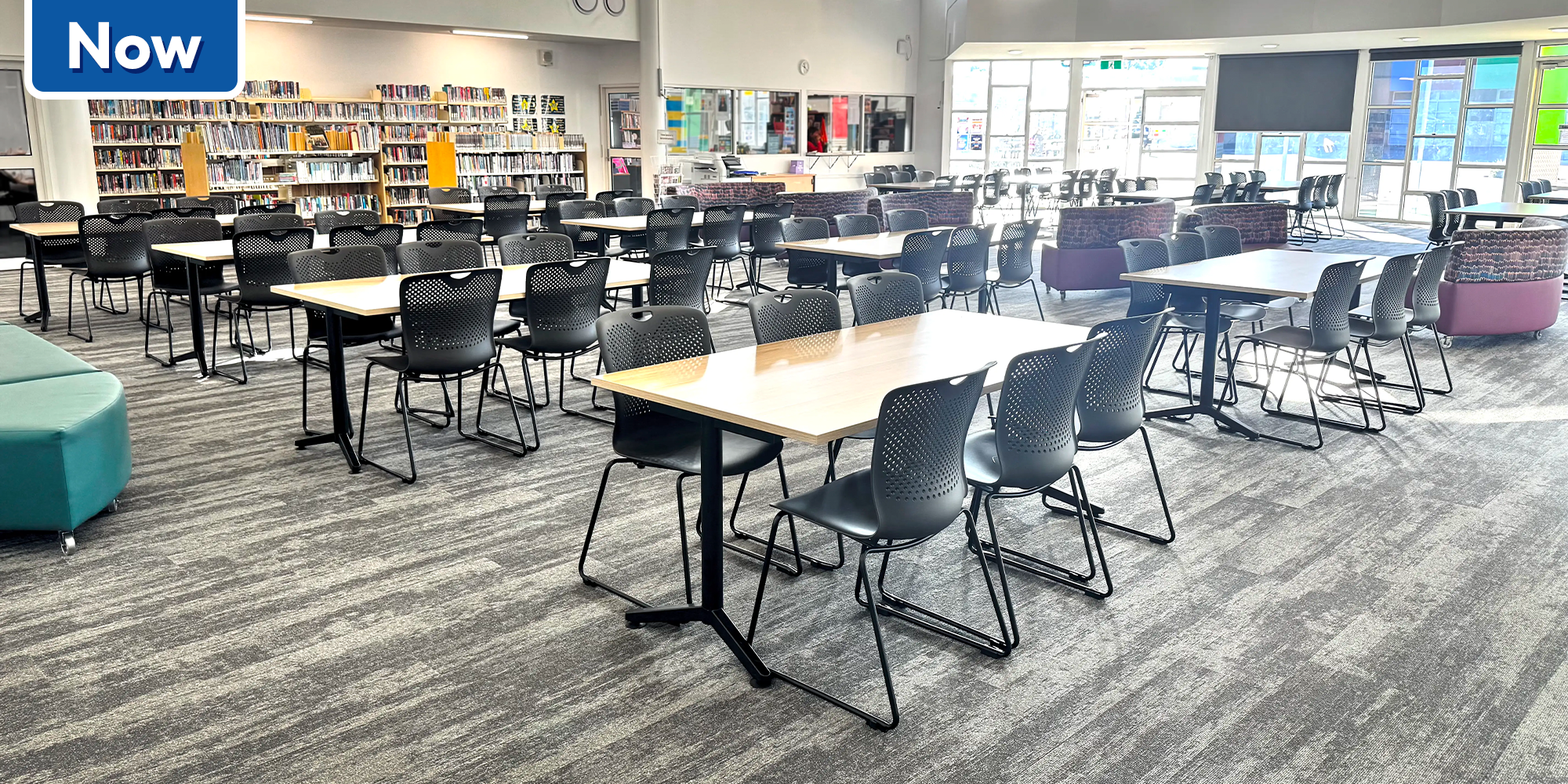Cultivate Creative Learning, a How-to.
Young minds are more neurodiverse and energetic than ever before, with 1 in 5-6 children described as neurodivergent in Australia alone (raisingchildren.net.au).
It can be challenging now more than ever to lead a classroom, and with it, a new generation of gifted students. Like all great sources of energy, learning how to harvest such a vital resource is a key that unlocks many doors. So, when it comes to classrooms and learning spaces, how do we do it?
As every educator will encounter, it’s easy to consider a classroom like a garden. Given great time, nurturing, and the right environment; everyone in them has great potential to grow, flourish and succeed. Like our gardens, we already know how to nurture them; it’s the environment that’s too often the challenge – to ensure each student has what they need to succeed.
So how do we cultivate such a garden? What do we need? More importantly, what do modern students need in their environment to thrive?
Collaborative Centres: As described by Cornell University’s Centre for Teaching Innovation, collaborative learning increases student retention and development of higher-level thinking, oral communication, self-management and leadership skills. It’s important to create spaces that incentivize and reward classroom collaboration.
Flexible Facilities: Since 2022, the Victorian School Building Authority (VSBA) have been building flexible “learning communities” to cater to a growing variety of learning styles among students; by providing flexible resources that allow students and school leadership to decide their use and function. If every student is unique, why should they learn the same?
A Transformative Toolbox: Barriers aren’t so much made to be broken, as broadened. Don’t confine, but guide, by expanding the existing toolbox students have in the classroom; and watch them create what was never before thought possible. Give students guided resources, so they can decide and discover new ways to work together and solve problems.
Collaborative learning spaces are an enormous part of cultivating creative learning. Utilising flexible furniture allows students and education leaders alike to configure their ideal space and maximise learning outcomes.
Case Study: Carrum Downs Secondary College:
Carrum Downs Secondary College (CDSC) in Victoria discovered this first hand, by exchanging clutter for collaboration, and fixtures for flexibility in their common library space. In doing so, they witnessed tremendous transformation as their library became a lively hub for leadership meetings, conferences and student study; all under the one roof.
While seemingly a simple solution, each piece of flexible furniture was meaningfully selected to allow cohesive collaboration without constraint. Stackable sled chairs and meeting tables were selected to easily accommodate large cohorts but still be put neatly aside for intimate groups. They chose mobile soft lounges and ottomans to allow for free movement and easy expansion of collaborative circles. Study carrels were also selected to provide a private retreat for singular study before upcoming tests and exams.
What was once typical and typecast, had transformed into a toolbox for students and staff to discover and develop; but most importantly, for them to sculpt and shape their space to suit their needs, when they needed it.
As school furniture specialists, the Schoolfurn team have worked alongside education teams across Australia to transform their space since 1998.
You can see the results for yourself at Schoolfurn.com.au/projects



